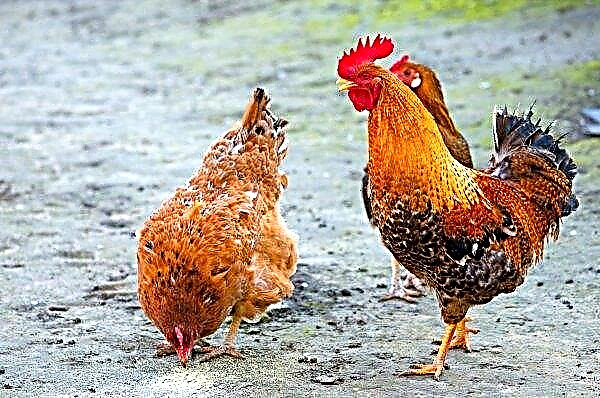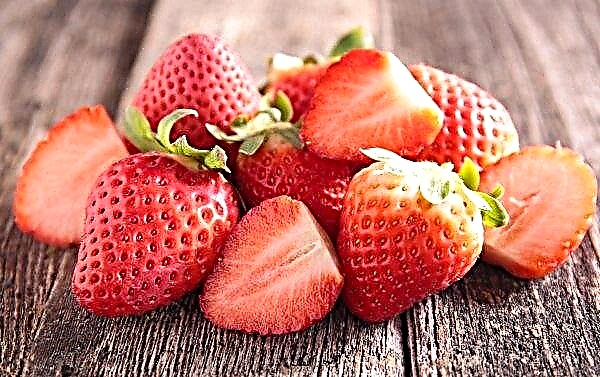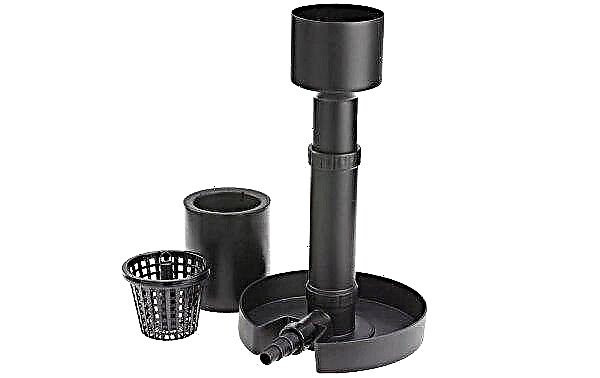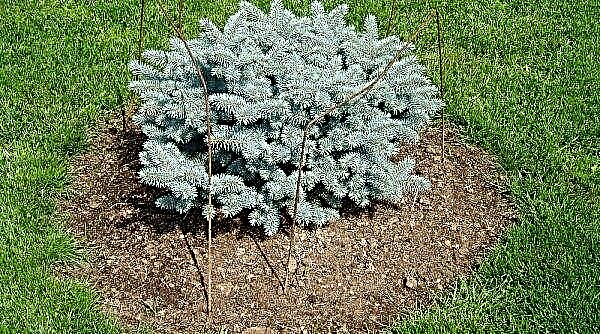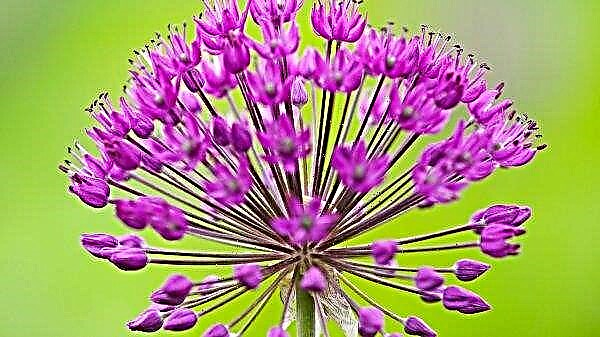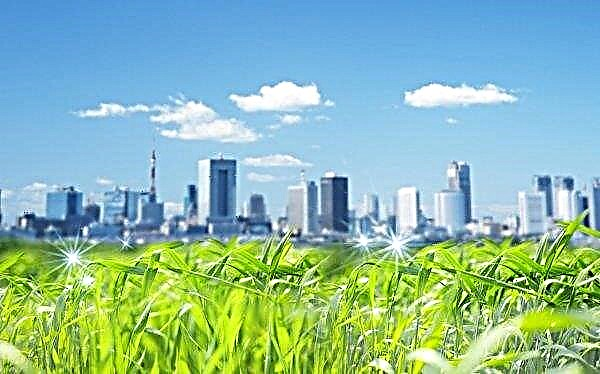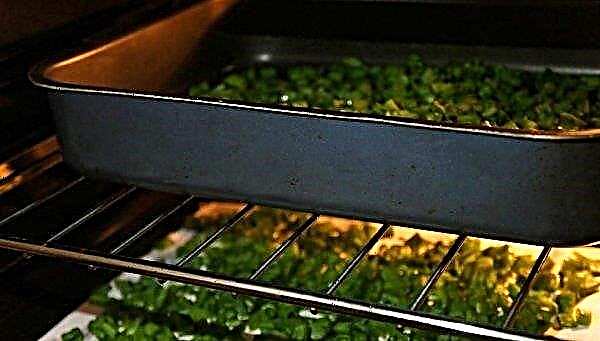In order to get a good harvest, almost all plants require the use of one type or another of fertilizer, and champignons will not be an exception. True, unlike green vegetation, which requires feeding in ordinary soil, mushrooms, due to the absence of a substance such as chlorophyll, are able to grow only under the conditions of ready-made nutrients. That is why, before embarking on the cultivation of mushrooms, it is recommended that you carefully familiarize yourself with all types of compost, study the methodology for their preparation, or pre-select the places where fertilizer can be purchased ready-made.
Champignon
Champignons are one of the most common mushrooms in the world, and you can meet them on the table in almost any country.. These are the few mushrooms that can be grown - at home or on special farms. However, unlike nature, artificial cultivation requires special conditions: the right breeding place, a certain level of humidity and temperature, high-quality mushrooms and well-prepared compost.
These mushrooms are easy to distinguish from others. The color of young champignons is white or white-gray, mature - brown or brown. The shape of the hat is spherical or in the form of an umbrella, with a diameter of 2 to 10 cm. The plates have a white color, which after a while darkens or acquires a pink hue, the flesh is white.
Did you know? Champignons are widely used in cosmetology. It is on the basis of these mushrooms that many masks, lotions and other products are made. Moreover, the cost of such a product is quite high.
The water content ranges from 88 to 92%. The composition is valuable in the content of vitamins, as well as micro and macro elements. C For example, the phosphorus level in champignons is equated with fish products. Most often, these mushrooms can be found in the steppes of Asia and Europe, as well as in open areas of Africa and meadows of Australia.
Types of compost for growing mushrooms
There are several main types of compost that are used when growing champignons:
- using natural ingredients - horse manure is introduced during cooking;
- semi-synthetic composition - a mixture of horse manure with any other is used;
- synthetic - horse manure is not contained in the composition.
Compost composition for growing champignons
To obtain high-quality and nutritious material that will provide a rich harvest of champignons, it is necessary to stock up in advance (in case of self-preparation of the substrate) or pay attention (if purchased) to the following components:
Important! If necessary, a third of the straw can be replaced with hay, chopped sunflower or corn stalks or dry leaves.
- straw (rye, wheat, rice, oat or barley) - only fresh, without putrefactive inclusions;
- manure (besides horse, often used rabbit or pork, as well as manure from cows or chickens) - fresh;
- gypsum (alabaster), chalk - despite a low percentage of content, it is a key component that significantly improves the quality of the structure of the substrate in the form of mineral additives;
- ammonium sulfate, or urea - available nitrogen.

How to cook and steam compost
The composting process is not simple, because it is accompanied by complex chemical reactions, and therefore requires special preparation:
- when preparing compost indoors, good ventilation is required;
- if fermentation takes place outdoors, you need to make a canopy that will protect the compost from leaching of nutrients in the rain;
- when the compost heap is on the street, it should be covered with plastic wrap on top (the sides remain open).

Composting consists of several main steps:
- The straw is liberally moistened with water for several days (watered from a hose or placed in a container with water).
- All manure and straw are divided into four identical servings.
- A stack is formed consisting of an alternating layer of straw and manure (each layer of straw is additionally moistened).
- In the case of using a recipe with nitrate, it is placed on top of the straw.

In the process of formation, the compost heap should correspond to the following parameters: its width should be in the range of 1–1.5 m, its length should not exceed 1.5 m, and its height should be from 1 to 1.5 m
Fermentation involves four mandatory mixing of the entire heap:
- the first stirring is carried out after six days;
- the second - in five days;
- the third - in four days;
- the fourth - in four days.

The first mixing involves mixing and shaking the entire heap with a pitchfork, while simultaneously moistening and sprinkling the entire mass with gypsum. After completion, a new heap is formed. The second is characterized by additional actions - the addition of superphosphates. The third and fourth mixing are carried out in the same way. The main goal is to enrich the compost with oxygen and even distribution of all components. In the process of fermentation, the substrate is steamed well, and therefore its quality should be constantly monitored.
Did you know? According to Japanese scientists, champignons, due to the high content of substances such as lysine and arginine, have a positive effect on human mental activity, and also significantly improve memory.
To do this, it is recommended to control the following parameters:
- On the third day after the heap formation process, temperature measurements must be taken. To do this, the thermometer drops to a depth of no more than 30–35 cm. Indicators at +55 ... + 70 ° С indicate that the process is proceeding well.
- In the future, such measurements should be carried out every 3-4 days - the temperature should not be lower than the first measurements.
- A slight decrease in temperature is considered acceptable on the days of mixing, as well as on the last days of fermentation.
- Subject to all the rules, the whole process takes up to 26 days.

The lack of the required temperature indicates either the dryness of the humus, or its overmoistening. In this case, you will need to either add more water (this can be done during the next stirring), or loosen the heap by adding a little gypsum to it (to lower the humidity). You can determine the degree of humidity of the compost yourself. To do this, part of the substrate is taken into the hand and compressed. Humidity is considered normal, at which the mixture only protrudes slightly through the fingers.
You must also know the external signs of the finished compost, which meets the following requirements:
- color - dark, evenly colored;
- the presence of a specific pleasant smell;
- medium stickiness.

Famous recipes
There are many recipes that are used to make compost at home.
Important! The main conditions for the proper preparation of compost include the exposure time. It is believed that it is better to overexposure than underestimate.
Among the main ones, they are most often used:
- With horse manure. It is the most common recipe, in the manufacture of which straw (50 kg), manure (50 kg), chicken droppings (15 kg), alabaster or gypsum (3 kg) are used. The best option is wheat or rye straw. Moreover, if the stems are longer than 15–20 cm, they should be crushed.
- Based on chicken droppings. In the absence of horse manure, chicken manure may be the basis of compost. For its production, straw (50 kg), poultry manure (50 kg), alabaster (6 kg) will be required.
- Using corn cobs and chicken droppings. It consists of the following ingredients: straw (50 kg), corn cobs (50 kg), bird droppings (60 kg), alabaster or gypsum (3 kg). In this recipe, straw is allowed to be replaced with dry alfalfa, while the inclusion of alabaster will increase slightly (up to 4.5 kg).
- Using sheep dung. For cooking, you will need straw (50 kg), sheep manure (20 kg), chicken droppings (30 kg), alabaster or gypsum (3 kg).
- Based on wood sawdust. The composition of this compost includes sawdust (100 kg), wheat straw (100 kg), calcium carbonate (10 kg), tomshlag (3 kg), malt (15 kg), urea (5 kg). The duration of composting technology for this recipe is reduced to 15 days and provides only two mixes.
- With blood meal. It belongs to expensive procedures and includes the following components: blood meal (15 kg), superphosphate (630 g), alabaster (1.5 kg), potassium sulfate (630 g), chalk (2.2 kg).
Video: Compost for growing champignons
What is good compost after champignons
When deciding to cultivate mushrooms, it should be noted that each ton of compost at the end of mushroom cultivation leaves up to 650 kg of waste material, which must be removed. One of the main ways to use it is to improve the quality of the soil structure in suburban areas and gardens.
It is known that 1 m² of mushroom bed requires about 100 kg of compost, after which it can be introduced into the soil as a fertilizer of 1 hundred parts. This approach significantly increases the yield of all growing crops, which has been repeatedly confirmed by many gardeners and gardeners.
Creating champignon production is a labor-intensive and time-consuming affair. Among the main factors that will affect the final result of all the work is composting. There are many different options, but the most correct and suitable is manure compost. The use of classic compost recipes and adherence to all the rules will ensure a high yield of mushrooms, and hence the profit from this lesson.


